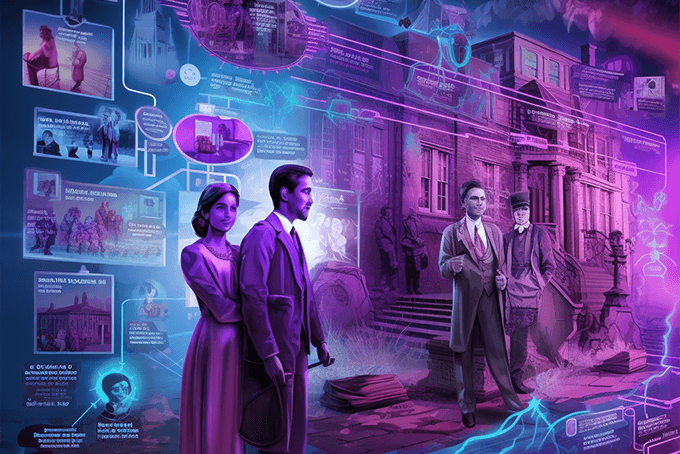Definition
Youth apprenticeship is a learning system that prepares students for work by giving them a combination of classroom instruction and paid on-the-job training. In this education model, students obtain a set of well-defined occupational abilities by learning concepts in the classroom and applications in a work setting.
Discussion
Youth apprenticeship systems in the U.S. have been influenced by successful apprenticeship models in Germany, Denmark, Switzerland, and Austria. About 66% of the youth in these European countries use an apprenticeship system to prepare for the workforce.
Apprenticeships range in occupation from baking to banking. Apprenticeship systems are run by a partnership of government, educators, and employers. Employer committees play a significant role in designing, monitoring, and evaluating apprenticeship programs. Programs begin accepting youth at age 15 or 16 (once they have finished their requisite education), and run for three to four years.
U.S. policy makers have been trying to develop a youth apprenticeship system that is more flexible and fits into our nation’s structure of education, governance, and business.
How Youth Apprenticeship Affects Learning
Curriculum–The curriculum for specific occupational skills generally has been perceived as rather narrow. This is because content in the classroom mainly focuses on the applications called for in the workplace. However, most European apprenticeship programs have broadened their curriculum to focus more heavily on technology, critical thinking, problem solving, teamwork, and project management.
Instruction–In the past, the popular opinion has been that academic instruction in apprenticeship–and other occupational–programs is neglected or weak. However, today there is a strong movement to add rigorous academic standards to apprenticeship programs, and to integrate the academic activities with the occupational skill training. Instruction at the work site varies: Some sites offer very formal and prescribed programs, while others provide informal mentoring by a master in the trade or profession. Critics charge that large companies tend to replicate classroom or laboratory training without providing much hands-on learning, while small companies often exploit apprentices as cheap labor without offering much real instruction.
Assessment–Assessment in the academic classrooms has traditionally relied on tests and grades. In the occupational laboratories, however, assessment includes a combination of traditional testing and project completion. At the workplace, assessment is generally authentic and includes feedback from supervisors, mentors, and co-workers. Since students are working while learning, there is continual feedback on the quality of their efforts.



